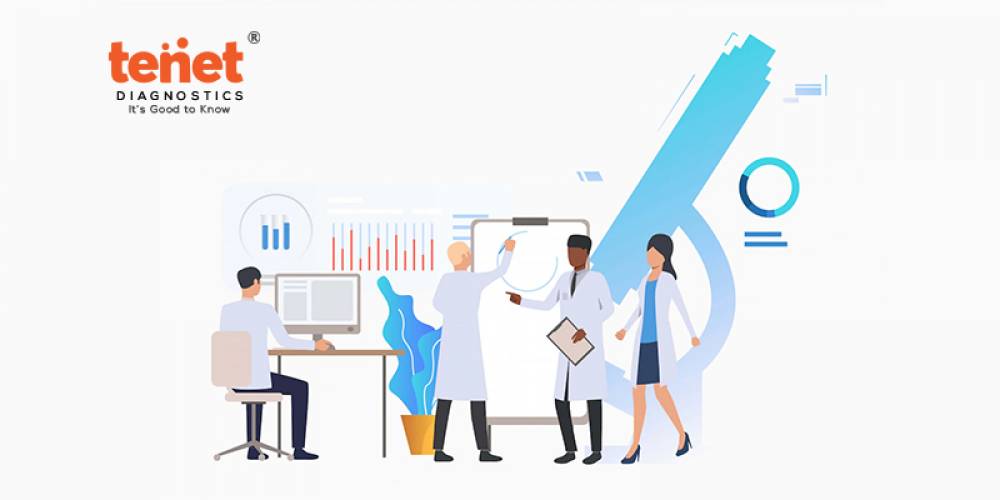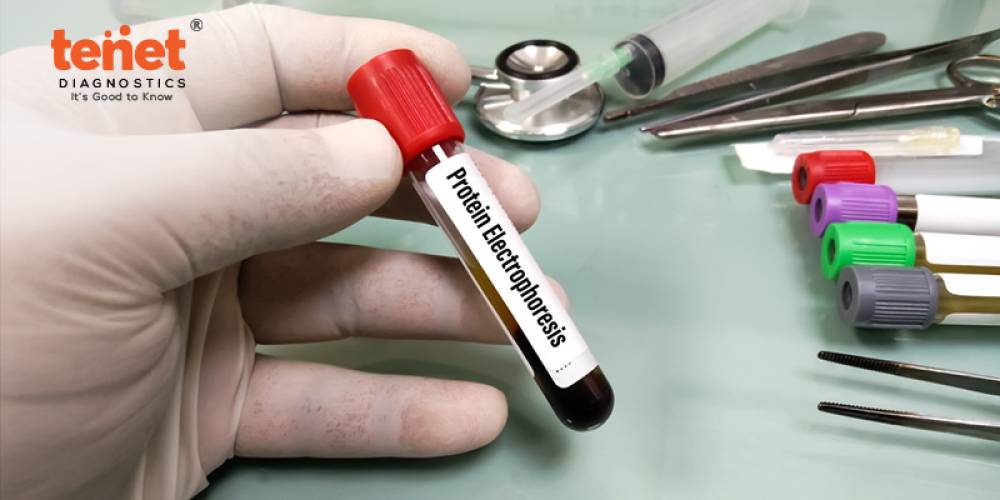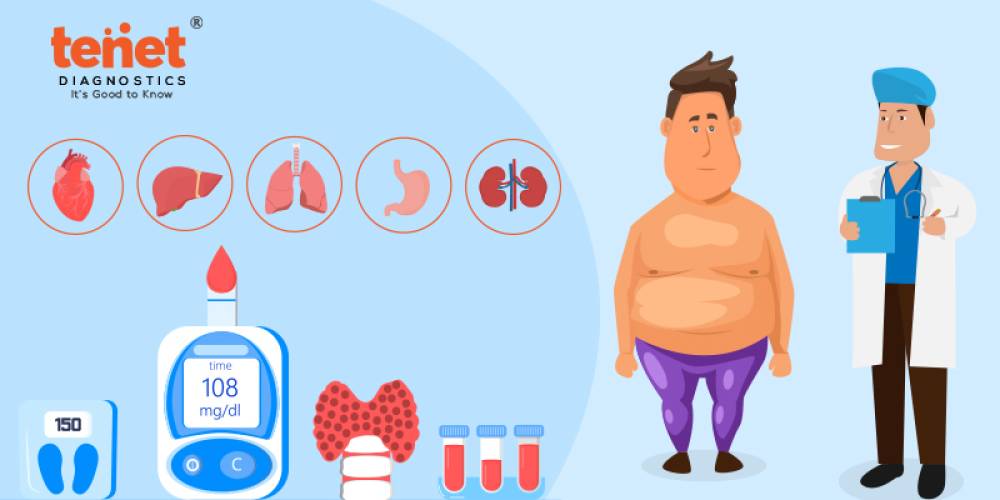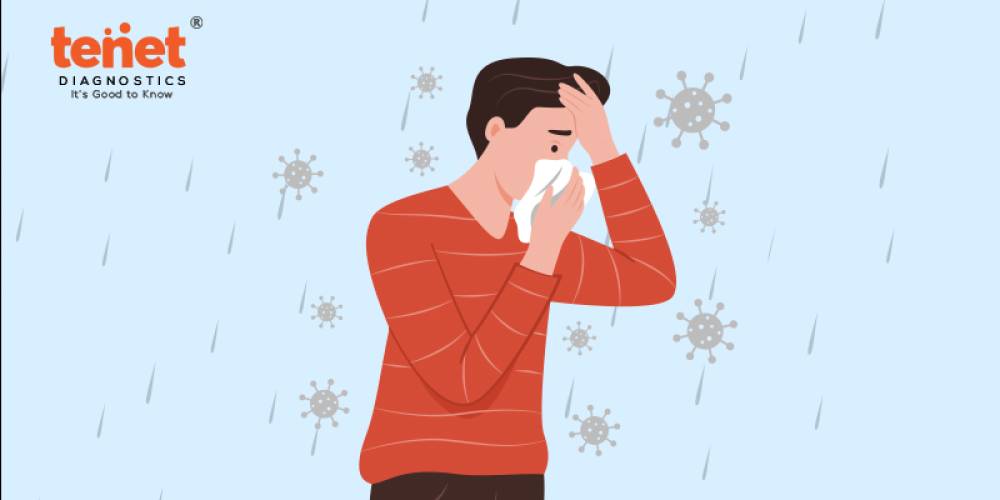The good news is that many diseases can be prevented, managed, and cured with a healthy lifestyle, regular check-ups, early diagnosis, and treatment.
Infectious diseases such as tuberculosis prevailing over the long term, coupled with fast-growing Non-Communicable Diseases (NCDs) such as cardiovascular disease, diabetes, hypertension, stroke, and cancer, can be roadblocks for our economic growth.
The good news is that many diseases can be prevented, managed, and cured with a healthy lifestyle, regular check-ups, early diagnosis, and treatment. Technological advancements in all medical specialties have made early detection and prevention of diseases possible.
A case in point is the COVID-19 pandemic, which affected millions worldwide. Accurate, early diagnosis and proper treatment required PCR tests on oropharyngeal swabs. This was needed to detect the presence of a virus, gene sequencing to identify the strain, blood tests, X-ray & CT chest
scan.
These tests detected acute inflammatory markers and the severity of the disease.
In this context, diagnostic disciplines, namely laboratory medicine, radiology, diagnostic cardiology, neurology, respiratory treatments, etc., require special mention. Diagnostics is essential for doctors to make correct clinical decisions and improve patient care and outcomes. It is claimed that 70% of clinical findings rely on lab results. This is more so in present times of evidence-based, precise, and personalized medicine. When these disciplines operate in silos, clinicians have to depend on separate sets of information to arrive at a correct diagnosis. This delays treatment and makes the procedure costlier. The solution is Integrated Diagnostics (ID), which brings laboratory and radiology on a single platform.
This provides a unified interface for clinicians to access patient data and offer meaningful interactions and solutions. Take the example of Comprehensive Cardiac Screening (CCS). It includes tests such as ECG, ECHO, TMT, estimating blood levels of cardiac enzymes, heart failure markers, and coronary artery CT scan with calcium scoring. These tests provide a complete picture of the heart structure, the functioning of valves and heart muscles, and coronary circulation. This helps a cardiologist diagnose an ailment correctly and initiate appropriate treatment. Likewise, many other tests, such as MRI, CT Scan, PET CT, Gamma Camera, PFT, Mammography, blood tests, etc., can be conducted at an Integrated Diagnostics facility.
ID also helps patients take all tests and interact with radiologists, pathologists, microbiologists, biochemists, and doctors under one roof. It also saves time, money, and effort for patients, eliminating the need to visit many centers.
In an ID, all disciplines, systems, and stakeholders of upstream and downstream health systems interact. Upstream interventions prevent health issues, while downstream measures focus on treating existing health problems. An effective healthcare system balances upstream and downstream efforts. This is vital for delivering the best patient-centric outcomes instead of disease-specific results.
There are, however, some bottlenecks that need to be fixed.
Highly fragmented & under-penetrated: There are more than 1,00,000 laboratories and over 35,000 radiology centers in India. Around 48% of the market is dominated by standalone centers. 37% are located in
hospitals. Regional and national diagnostic chains make up the remaining 15% market share. ID combining multiple diagnostic modalities and data sources, to some extent, are found in major hospitals. However, most standalone, regional, and national chains need ID facilities.
Quality of centers and data: Only a mere 1-2% of centers in India are accredited by NABL (ISO 15189 standard).
Data disconnect: More advanced IT architecture, curated data, and access to and exchange of data are needed. This hinders Integrated Diagnostics' potential to contribute to clinical best practices and research.
Technical & cost issues: Data privacy, integration, interoperability standards, and staff education entail huge costs. Besides this, technological, political, and ethical challenges also pose grave challenges. Artificial intelligence (AI) and machine learning (ML) have the potential to revolutionize the way diseases are detected and treated. They help assess diagnostic data objectively and generate meaningful clinical reports.
The future of healthcare will see all streams of medicine benefit from Integrated Diagnostics. This is especially true for oncology, cardiovascular sciences, reproductive medicine, gastroenterology, respiratory medicine, and infectious diseases.







